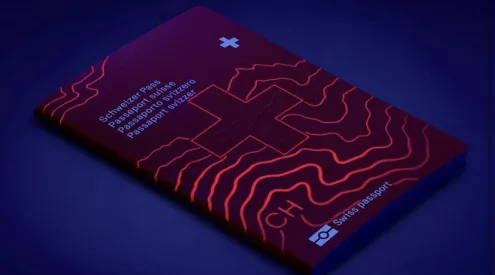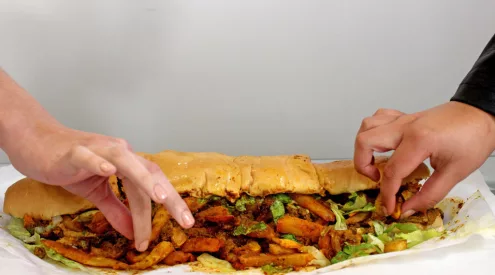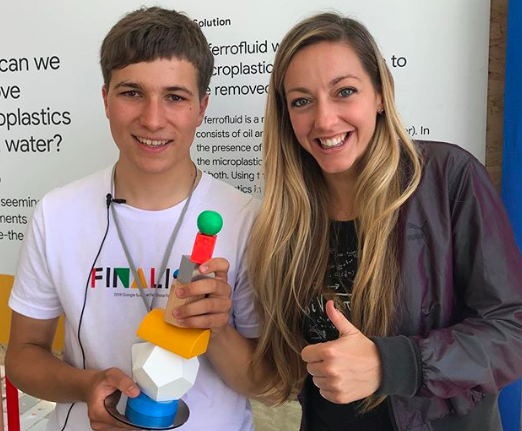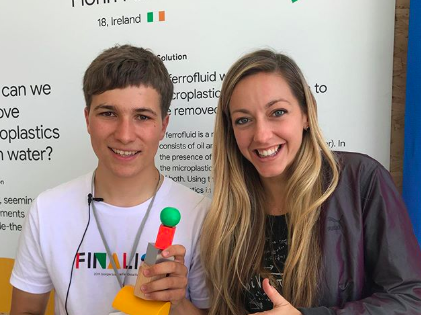An 18-year-old, Fionn Ferreira, from West Cork in southern Ireland has come up with an ingenious way to remove microplastics from water. The success of his experiment earned him first place at the Google Science Fair this year.
Using a version of ferrofluid, a magnetic liquid invented by NASA in the 60s, Ferreira was able to remove 88% of microplastics from his water samples. Ferreira created his own version of the fluid by suspending magnetite powder in vegetable oil, reports Business Insider.
Magnetite powder is a substance that naturally occurs on Earth and the vegetable oil is often leftover oil from fast-food restaurants.
The original fluid was created in 1963 by Steve Papell, a NASA engineer. He invented a way to make rocket fuel magnetic so that it could move in zero gravity during the Apollo missions.
In turn he created the first ferrofluid, a magnetic substance that today, is used to keep speakers and electronic devices unclogged from debris. Unlike rocket fuel however, Ferreira’s creation is non-harmful to the environment.
The invention also attracts microplastics from all bodies of water, for example rivers, oceans and most notably, wastewater: (water disposed from houses, businesses, industrial plants).
Microplastics are the less than 5mm long and studies have show that the world’s wastewater plants are not designed to filter them out.
During his experiments Ferreira injected ferrofluid into small glasses of water containing microplastics. The water turned black because of the magnetite and Ferreira placed a magnet inside the glass. This quickly soaked up the fluid, leaving the glass clear and mostly free of microplastics.
Ferreira estimated that the magnetic liquid could remove 85% of the plastics but instead removed 88%. From his experiments he identified that fibers from polypropylene, used in plastic packaging, ware the most difficult to remove with an average of 80% removal. He tested 10 different microplastics in total.
Microplastic from washing machine filters proved to be the easiest to remove, Ferreira told Business Insider. This is an important finding as washing machines area a big contributor to microplastic pollution.
Ferreira’s idea was inspired while he was kayaking, when he came across a rock coated in oil. Attached to the rock were microplastics. Ferreira had a gut instinct that the magnetic liquid could have the same effect on microplastics in water.
Read his full research proposal, ‘An investigation into the removal of microplastics from water using ferrofluids’ here.
Image source: Instagram @fionn.ferreira























